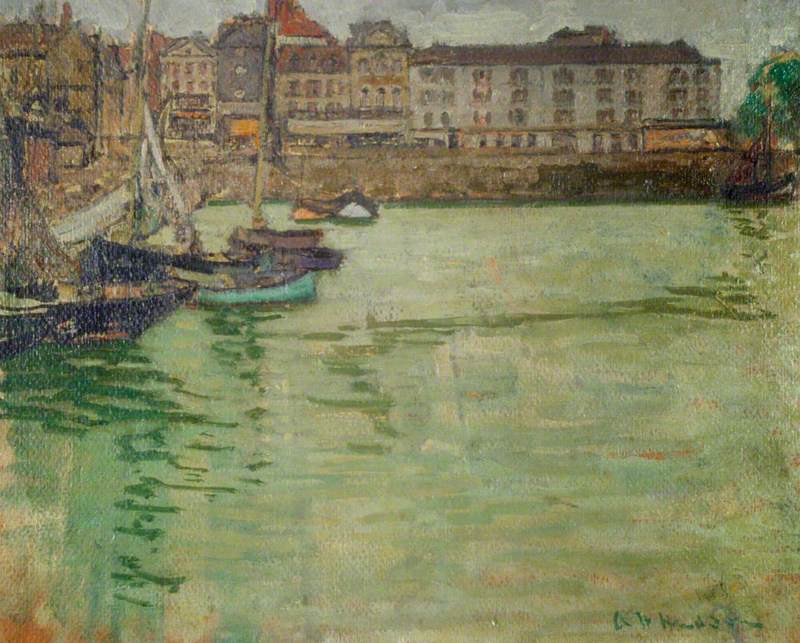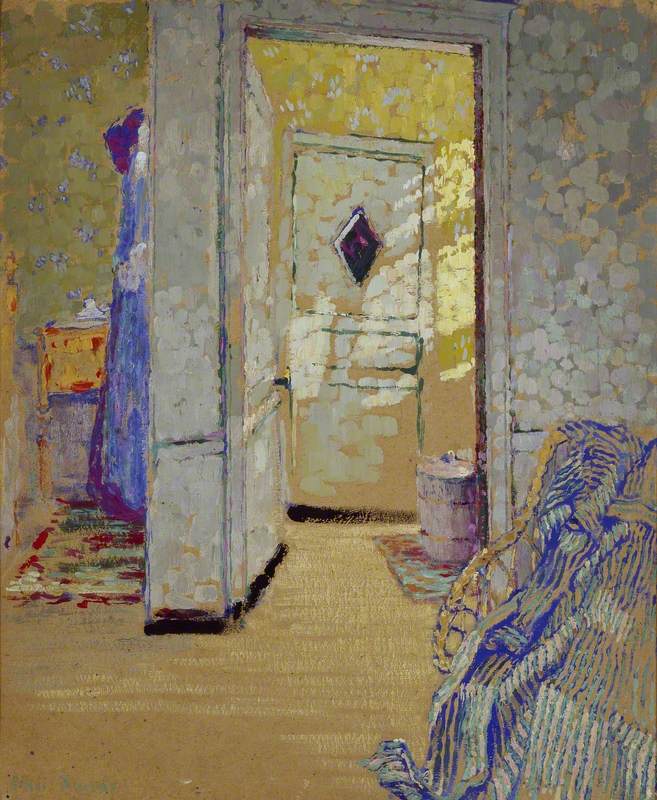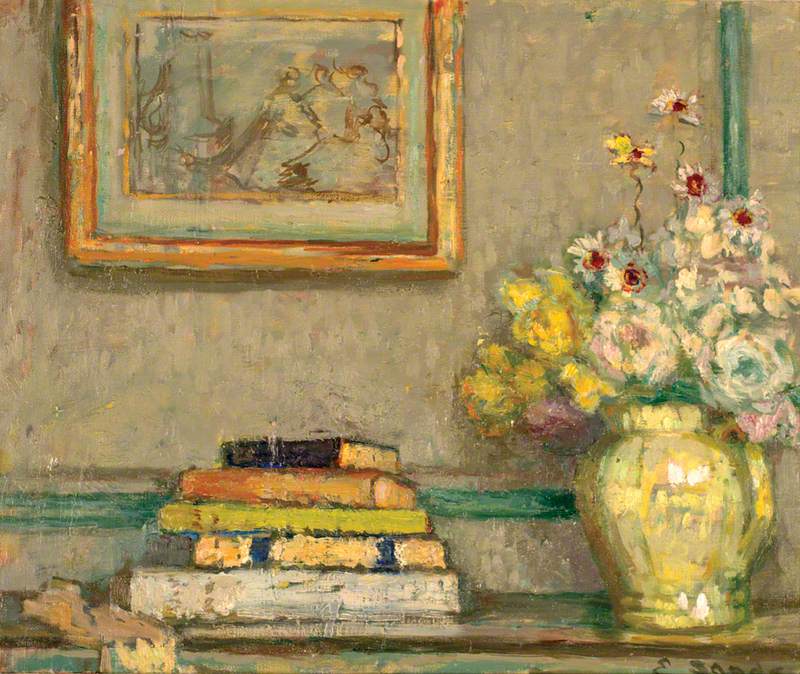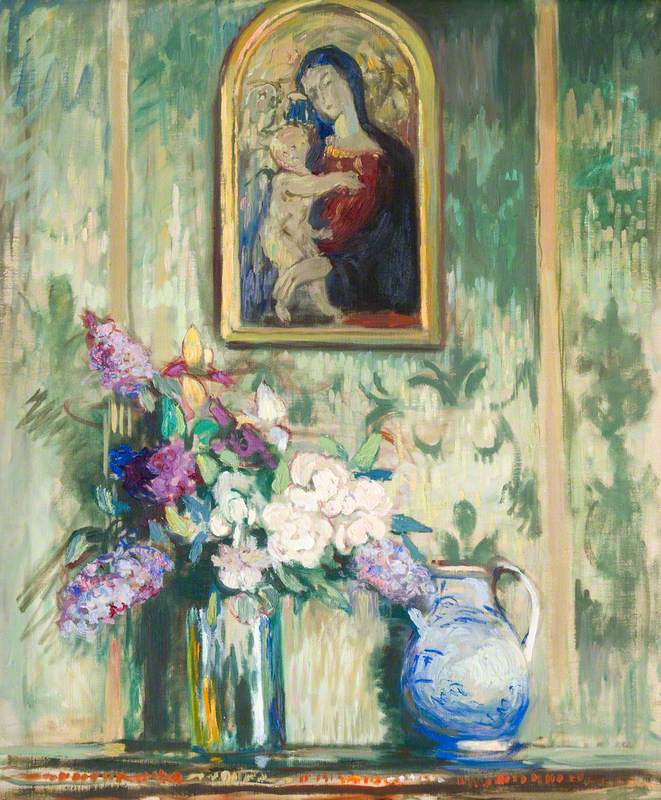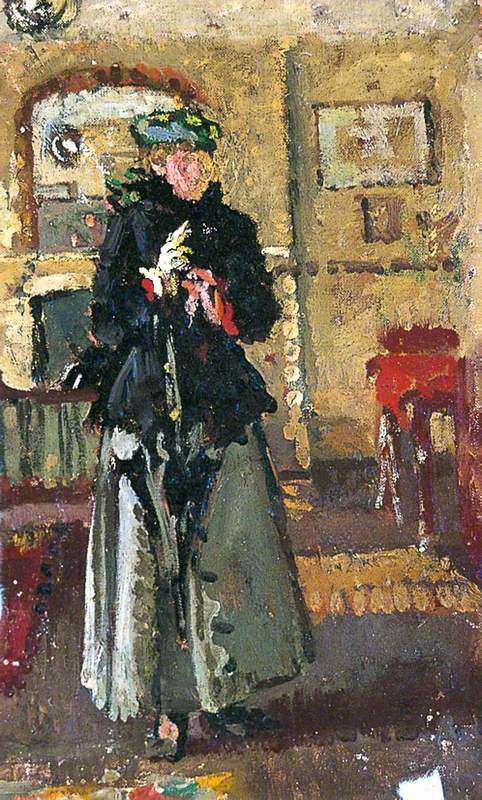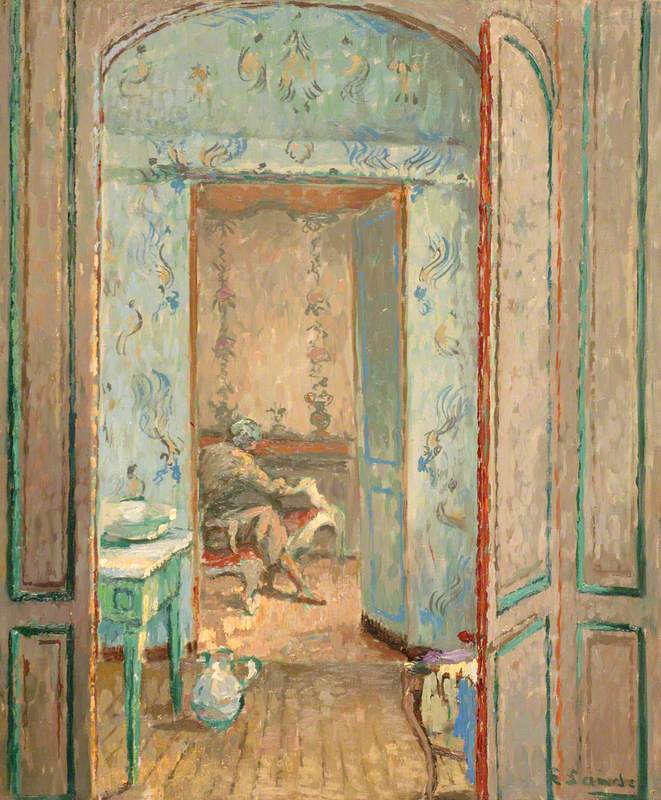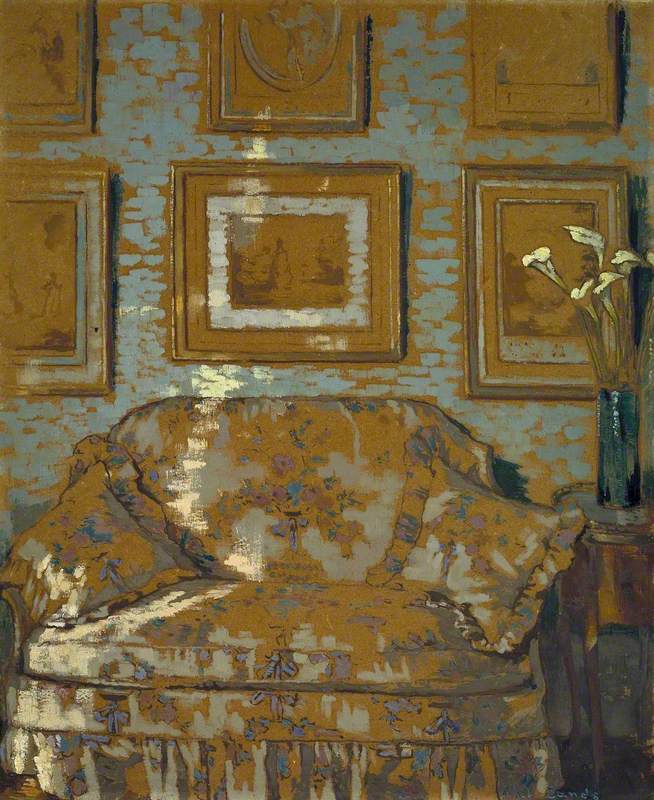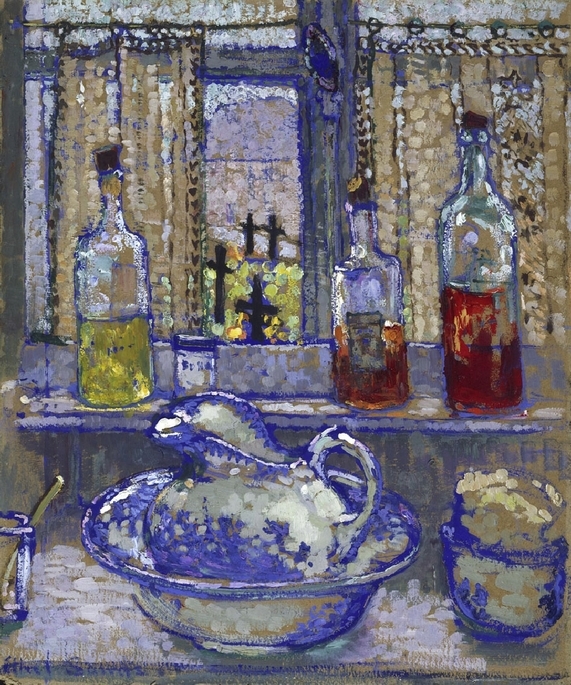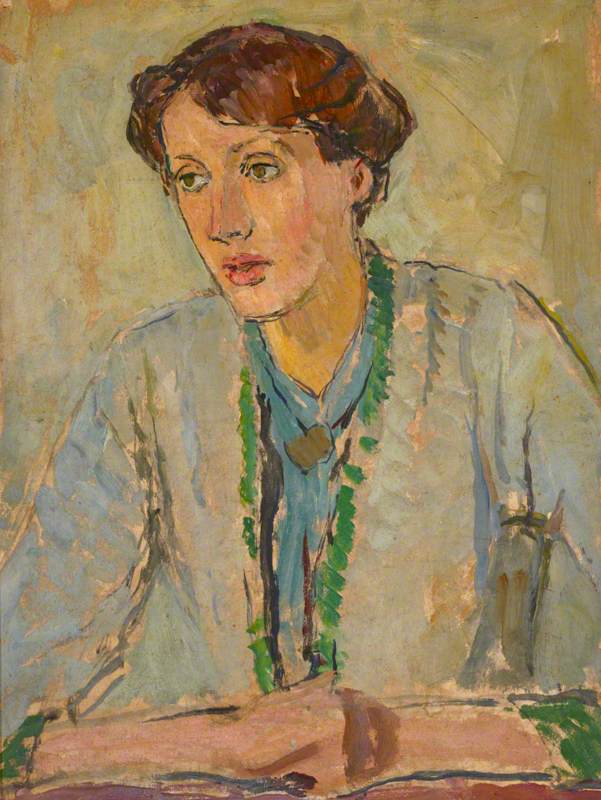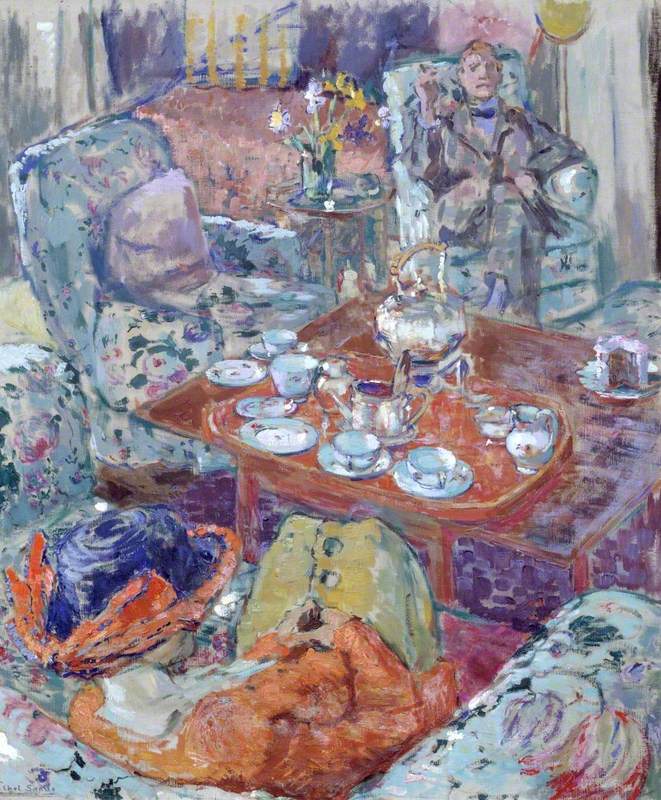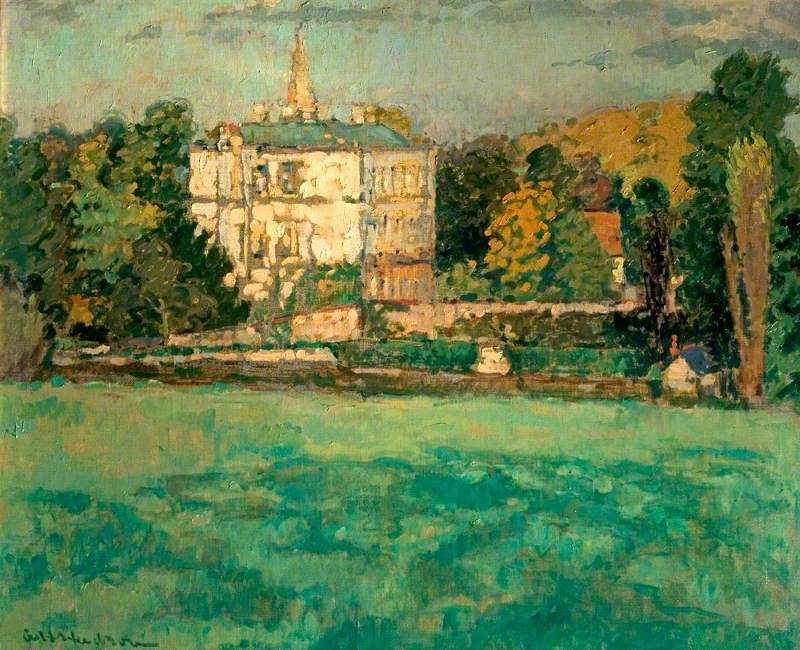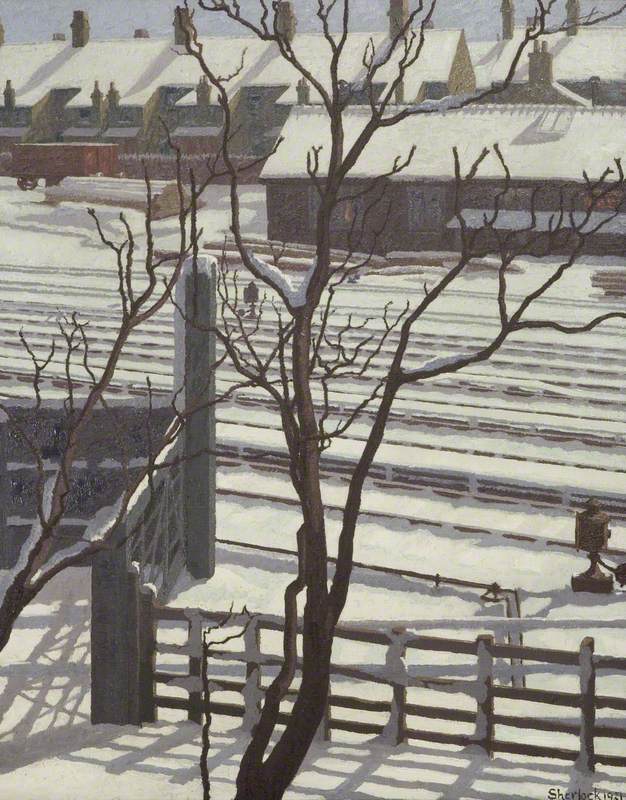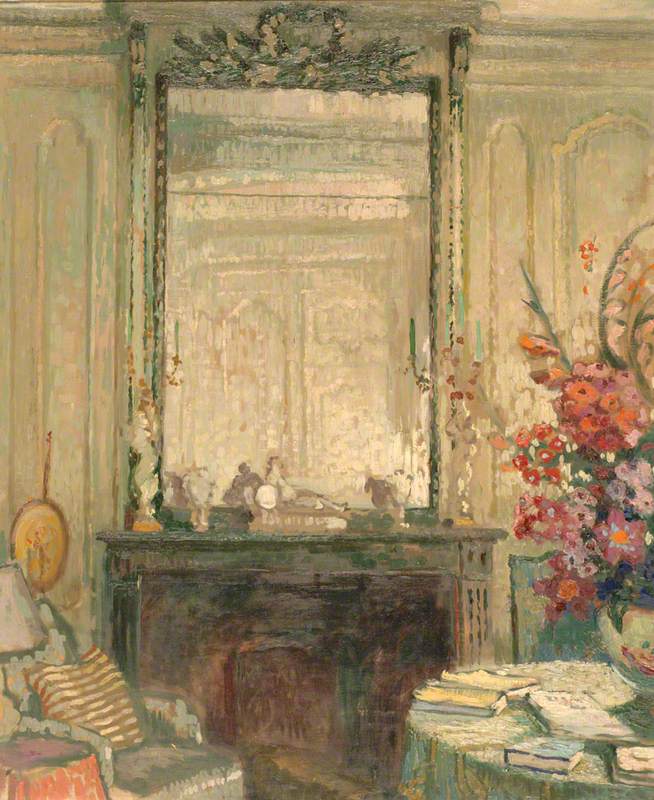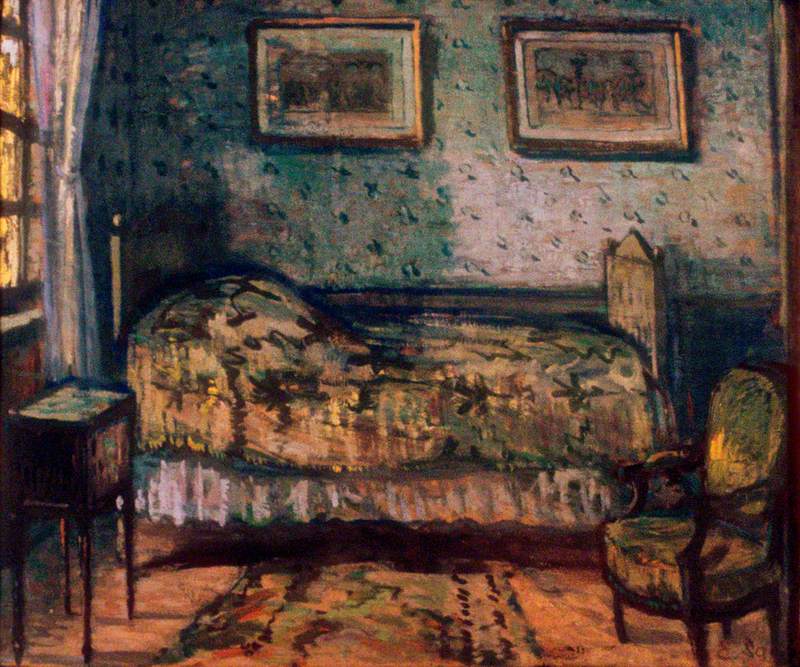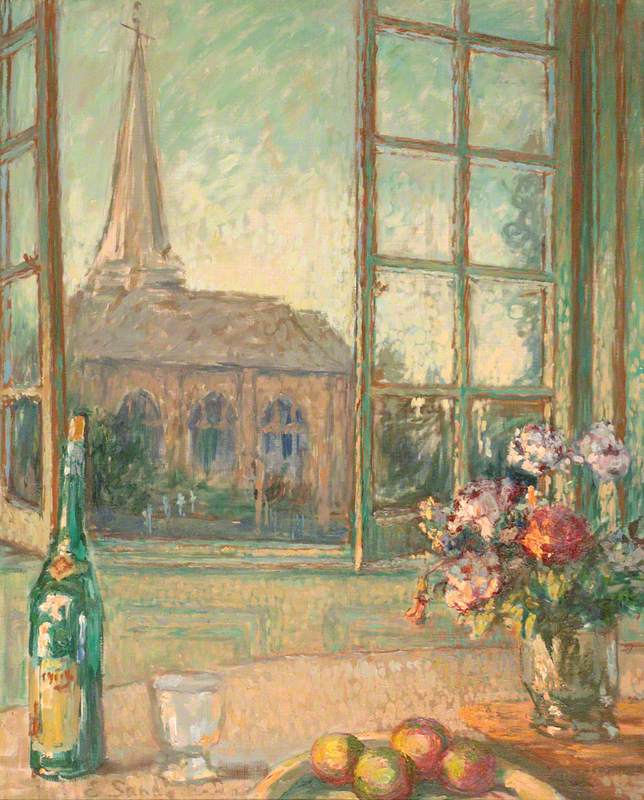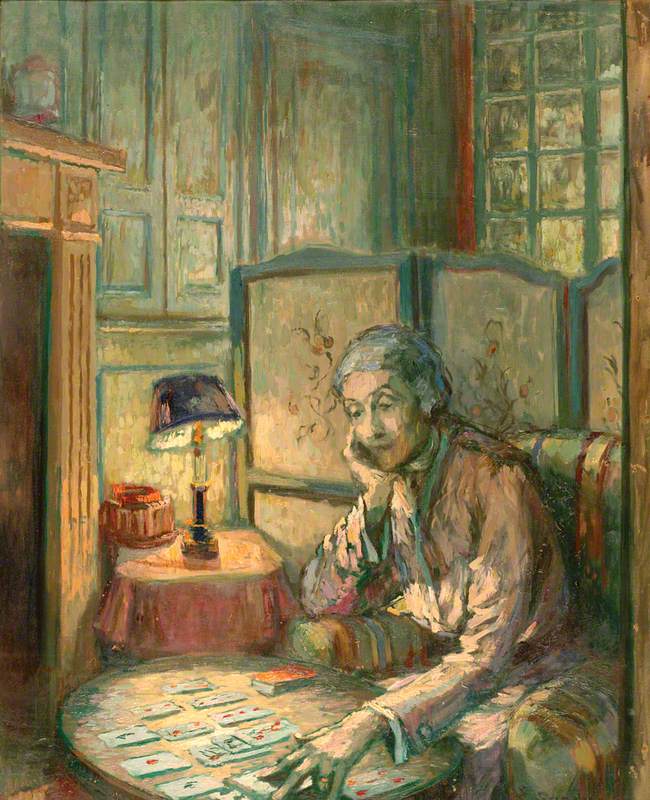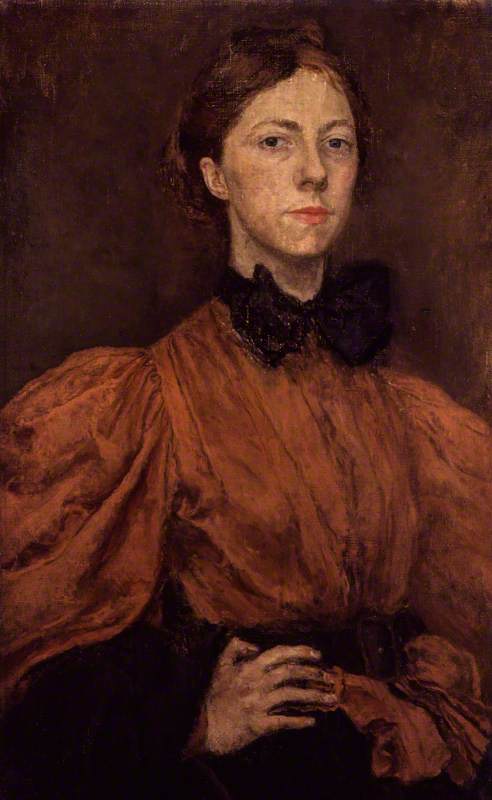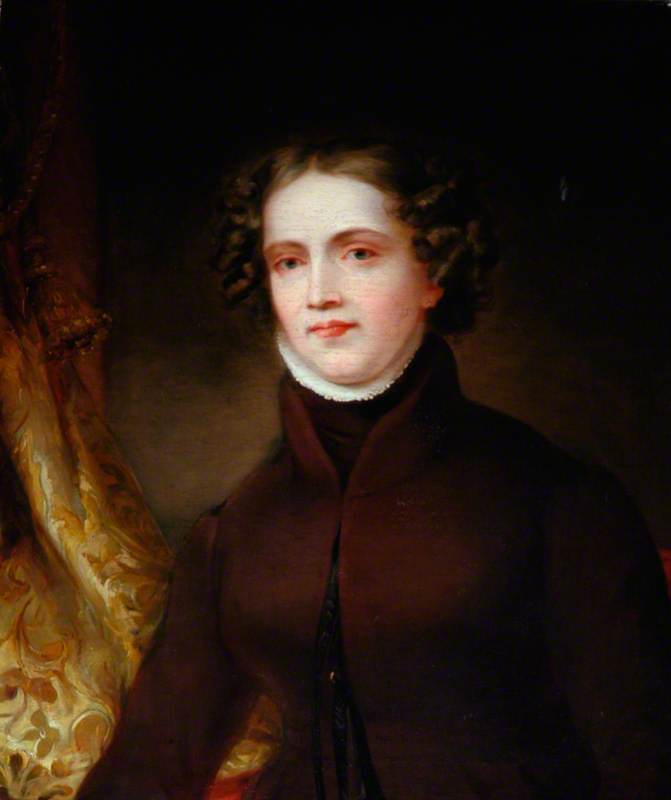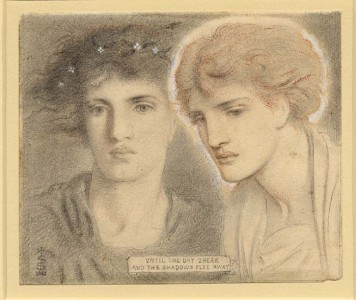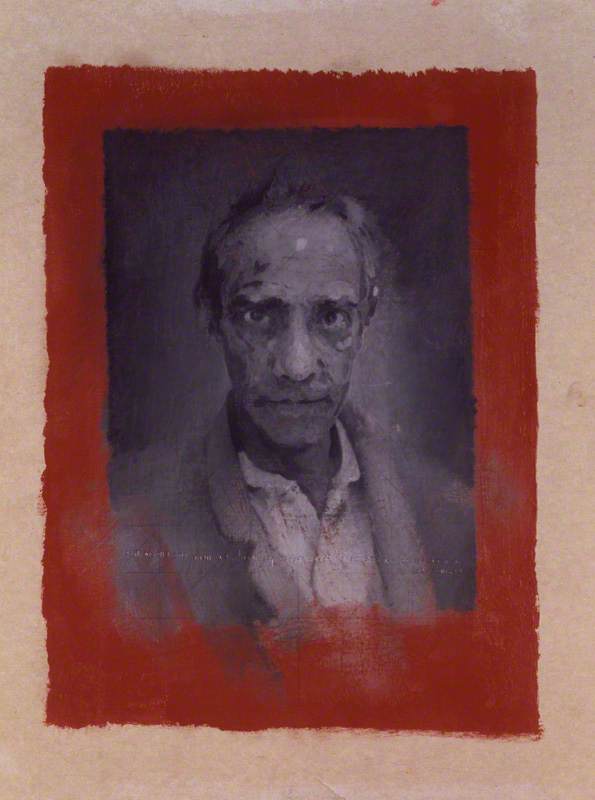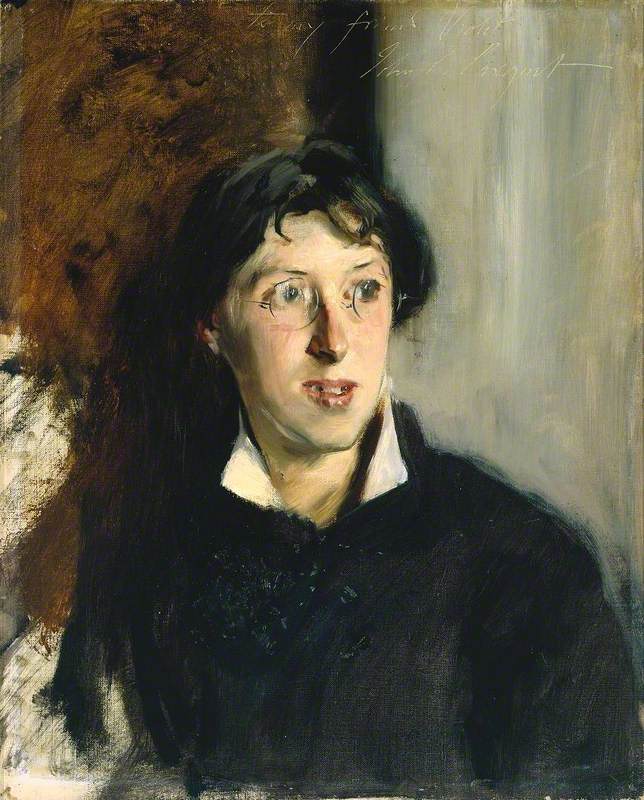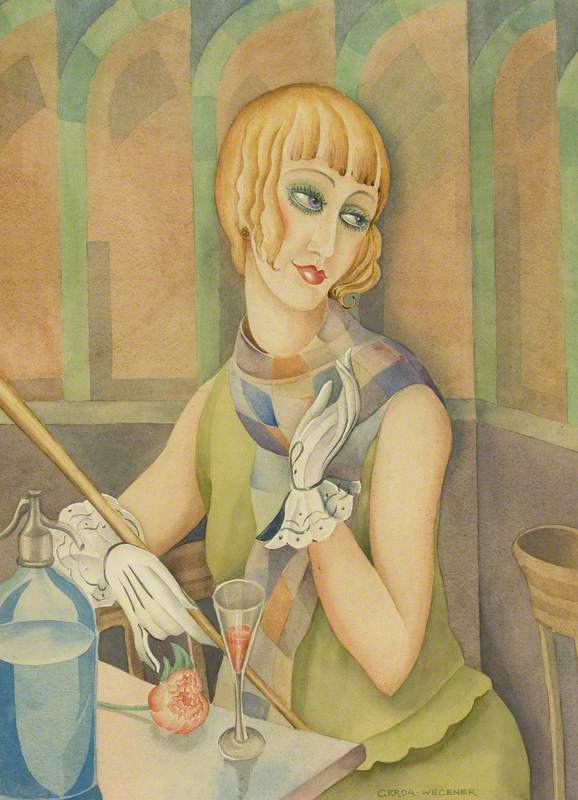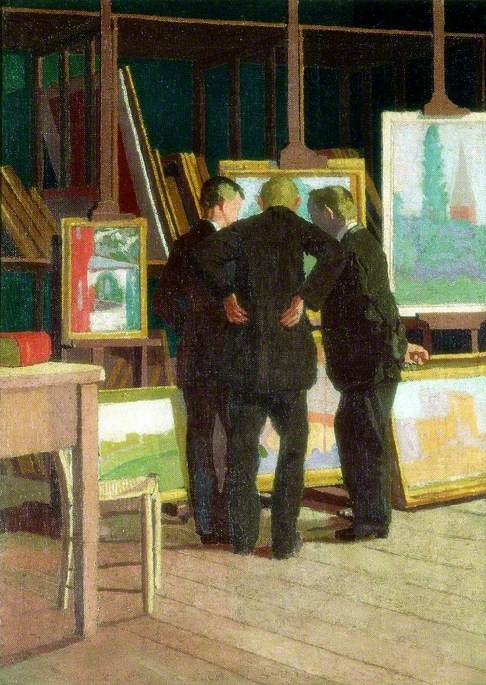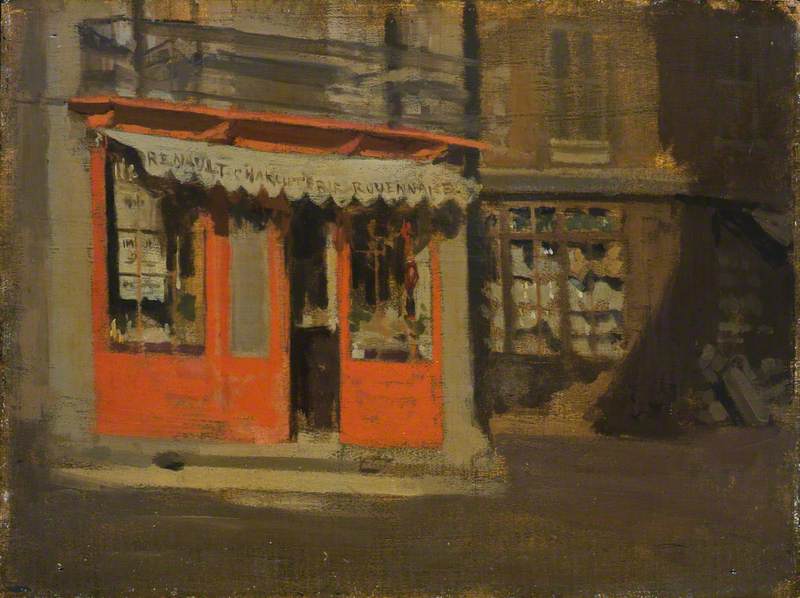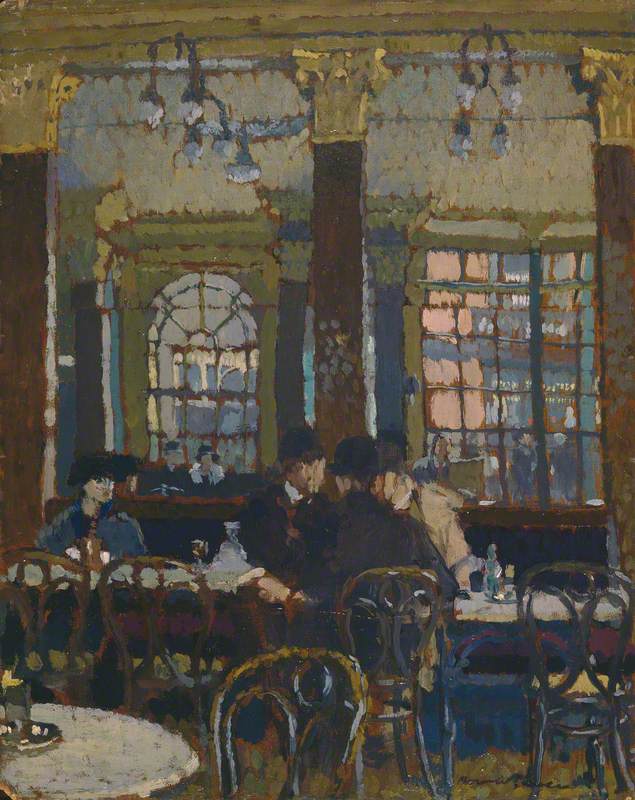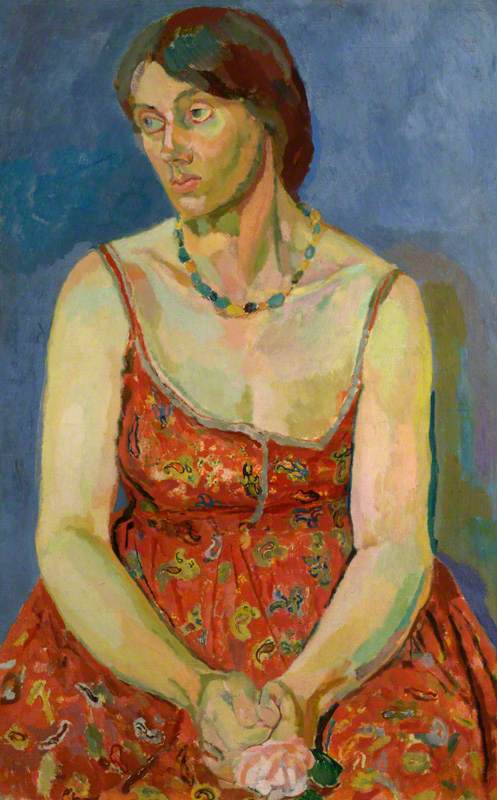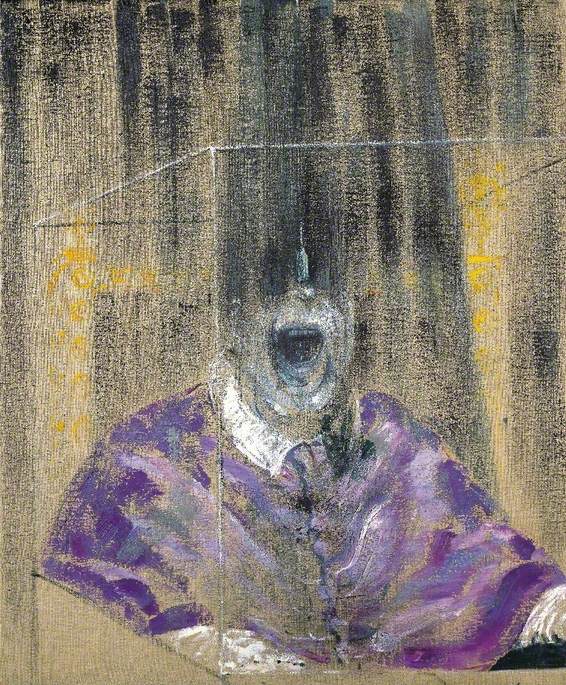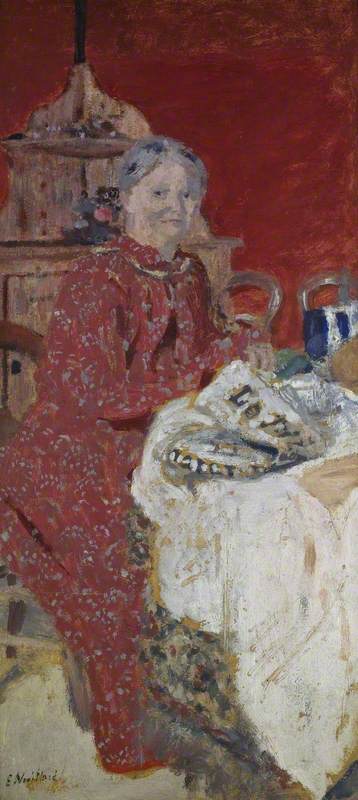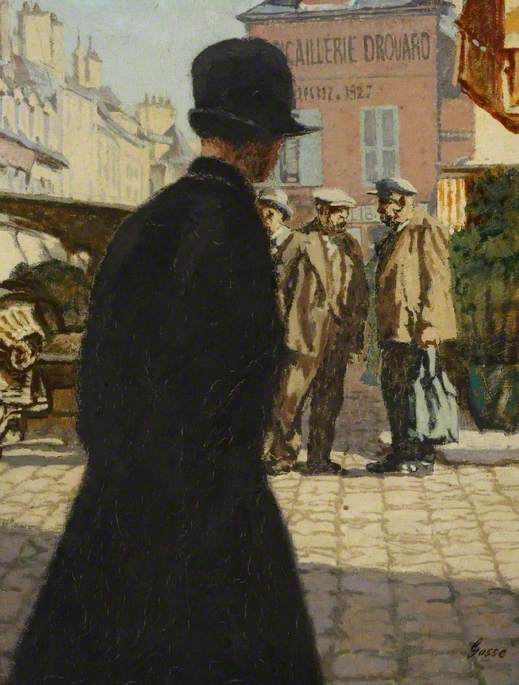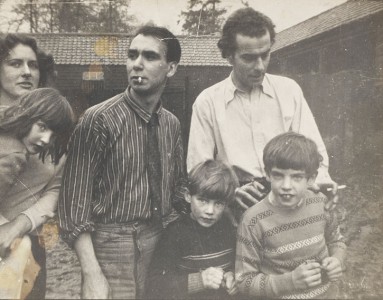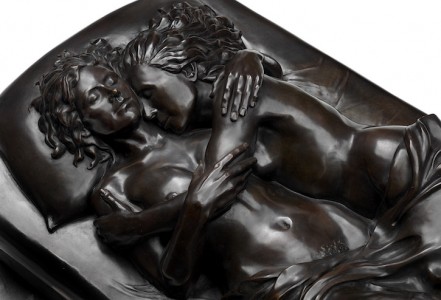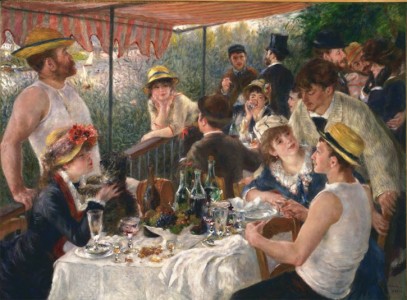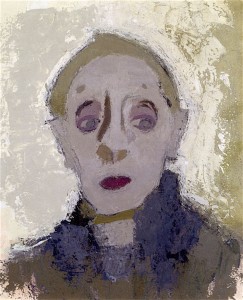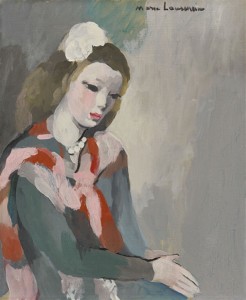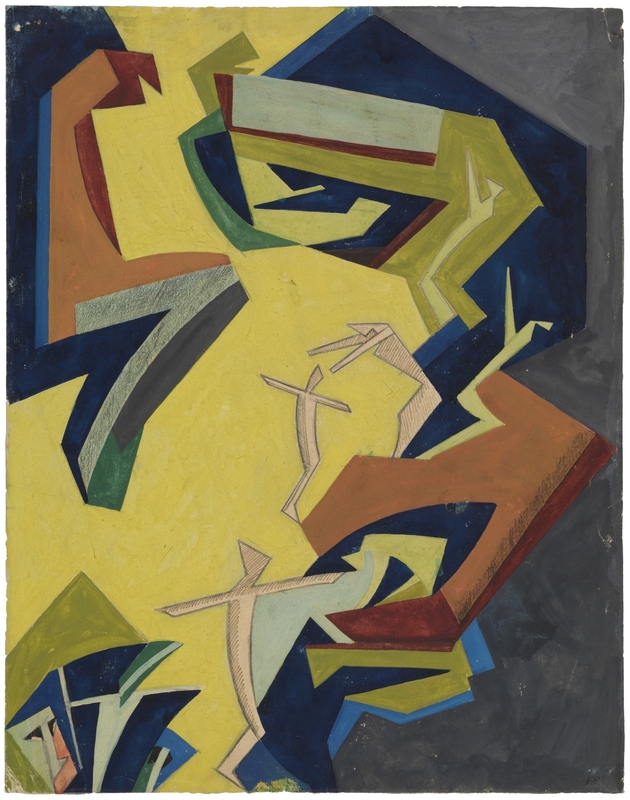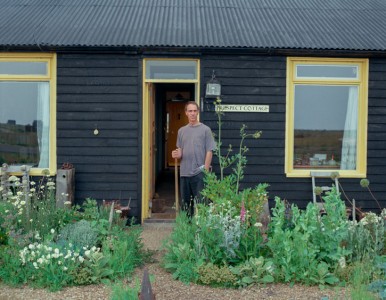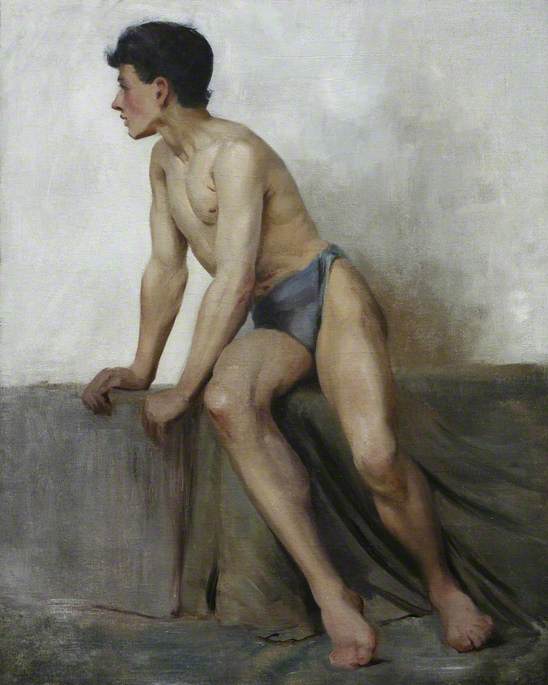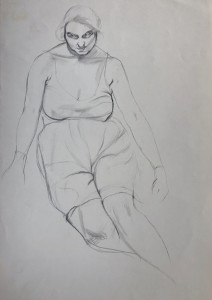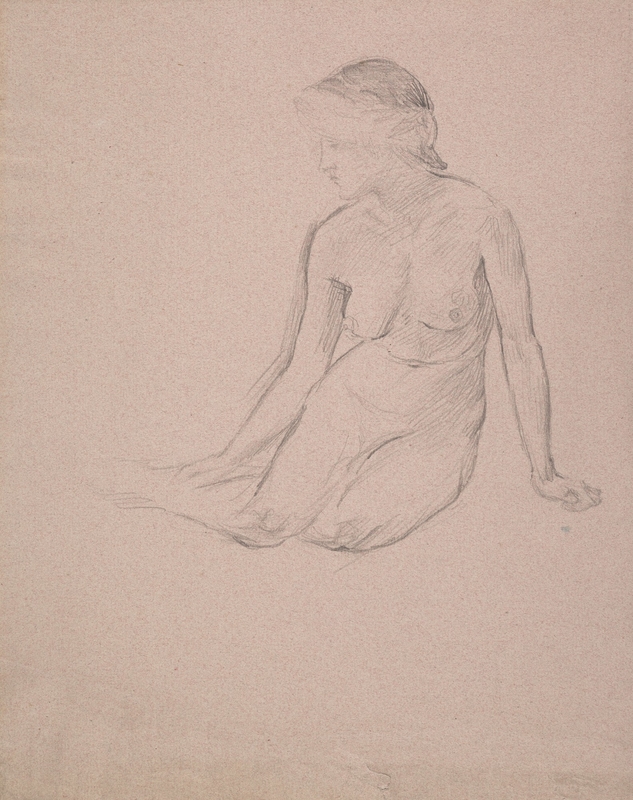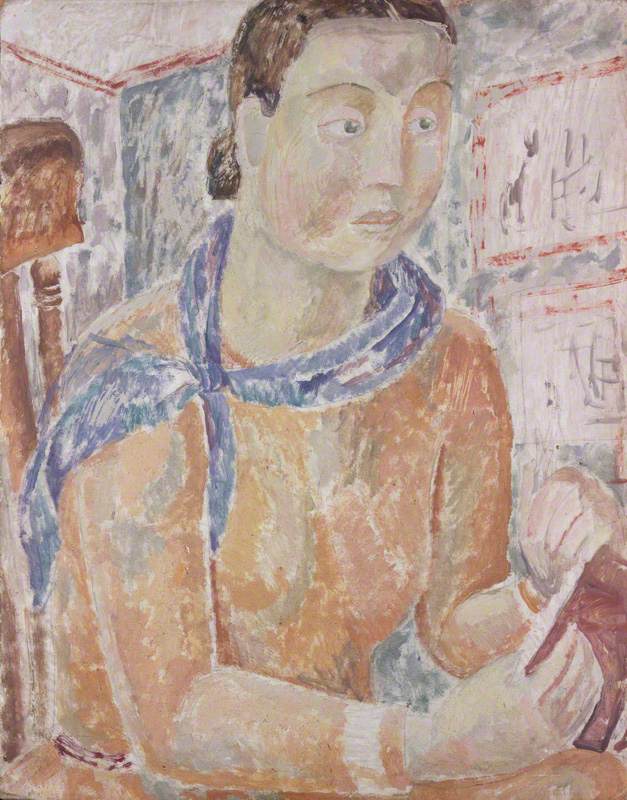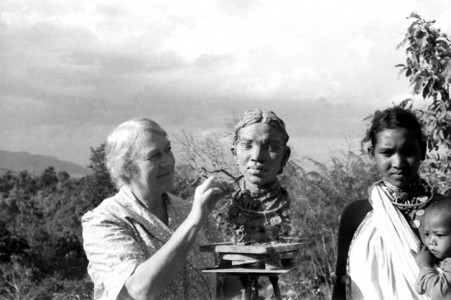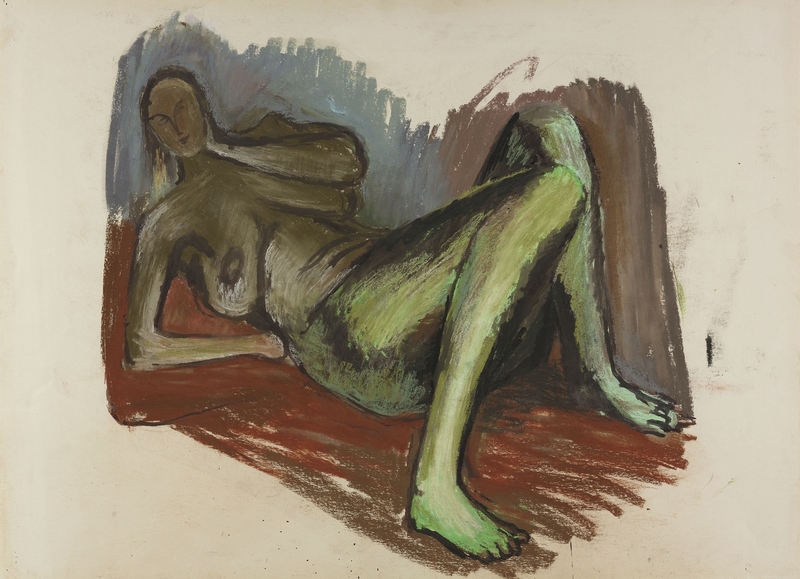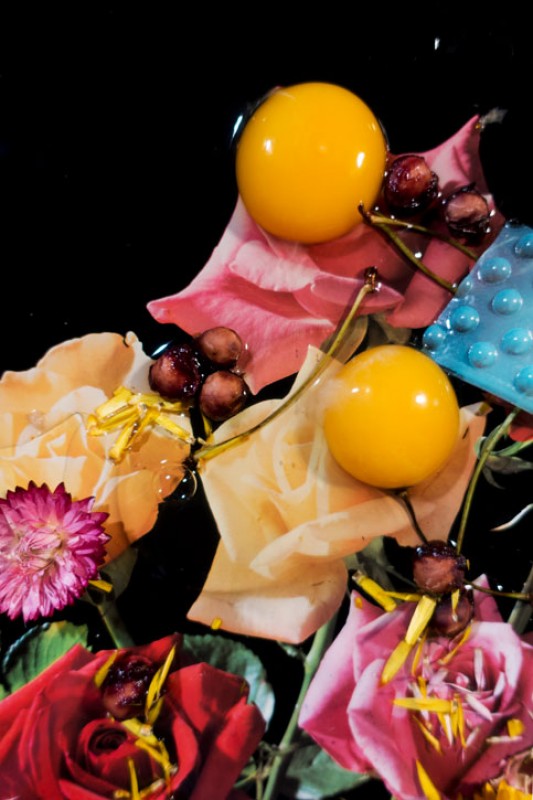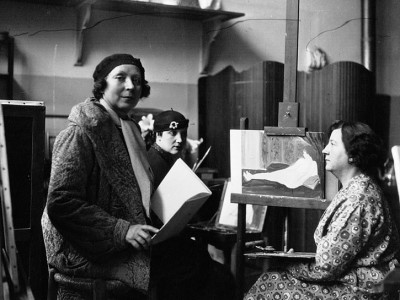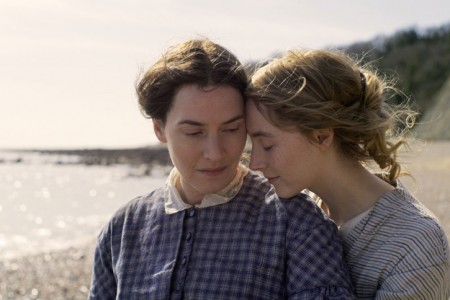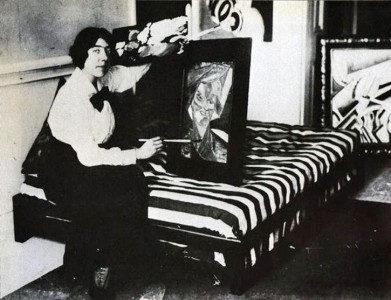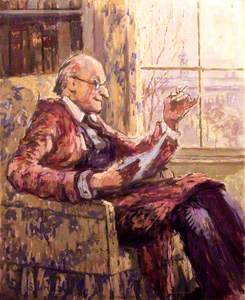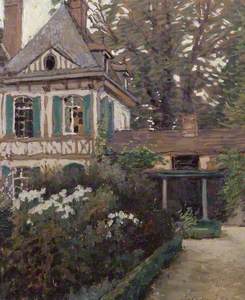You may not have heard of Anna Hope Hudson (1869–1957) or Ethel Sands (1873–1962), two early twentieth-century female painters whose paintings are scarcely remembered today. They were also in a long-term lesbian relationship throughout most of their lives.
Formerly regarded by some as two unmarried women cohabitating or simply referred to as 'longtime companions', the increasing awareness of obscured LGBTQ+ histories has meant that the romantic relationship between these two women is now acknowledged.
So who were Anna and Ethel?
Anna 'Nan' Hope Hudson was born in New York in 1869 but moved to Europe aged 24. While living in France, she received tutelage from the French Symbolist painter Eugène Carrière, as well as the Flemish painter Henri Evenepoel. Like Hudson, Ethel Sands was born in America in 1873 but was raised in Britain by a wealthy family. She met Hudson in Paris in 1897, when she was also studying under Carrière.
From 1892 onwards, Hudson was able to live off her large inheritance and was financially independent. Sands also inherited money, allowing both women to live autonomously, without the prospect of having to marry male partners.
Inseparable soon after meeting, Hudson and Sands quickly became close companions. However, they preferred very different ways of life. While Sands was sociable and felt naturally more connected to England, Hudson preferred Paris or the quiet French countryside. In the end, the two women lived and travelled between the two countries for the rest of their lives.
Besides painting, together the couple had a sparkling social life, mixing with the Bloomsbury Group in London. For example, they socialised with the writer Virginia Woolf, her sister the artist Vanessa Bell and husband Clive Bell, artists Duncan Grant, Lytton Strachey as well as eminent artist Walter Sickert, a founding member of the Camden Town Group. Like Sands and Hudson, this collective of artists drew upon the style and innovations of French Post-Impressionism and chose to portray the everyday realities of Edwardian Britain.
In 1910, Sickert painted Hudson at Rowlandson House, a property that became an important meeting place and school for the artists of the Camden Town Group. In 1911–1912, Sands painted Tea with Sickert, a work depicting both Sickert and Hudson in the foreground.
One decade later, Sickert painted Sands descending a staircase at Newington House in Oxfordshire, a stately home owned by the two women that became a regular meeting place for artists and literary figures of the Bloomsbury set.
Ethel Sands Descending the Staircase at Newington
c.1920
Walter Richard Sickert (1860–1942) 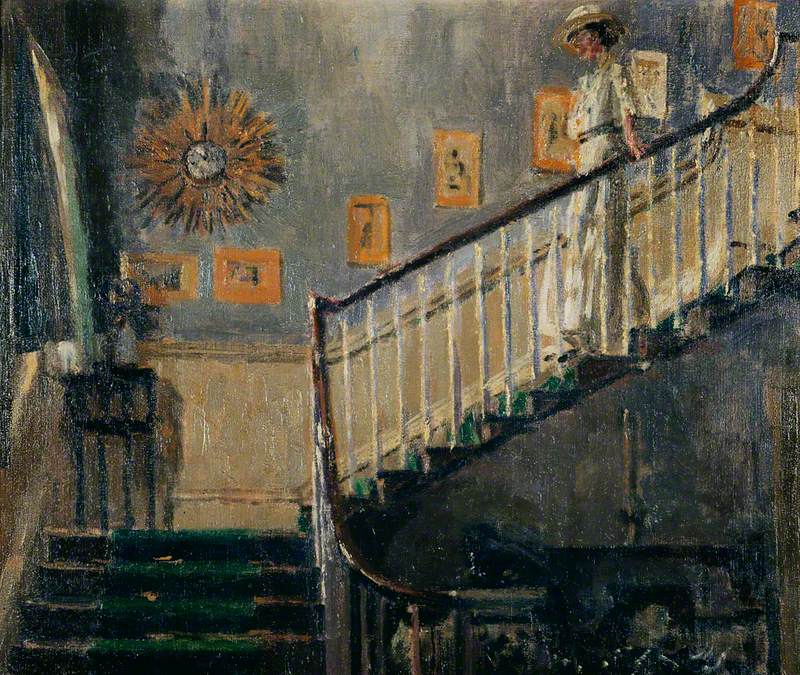
Although the two women were able to exhibit their paintings publicly at the start of the twentieth century, they were excluded from male-dominated artistic groups.
Despite the fact that these artistic circles did briefly entertain the idea of allowing Sands and Hudson into their group, this was largely so that they could use their social connections and finances.
Navigating the ingrained misogyny of the art world, Hudson still exhibited her work at the New English Art Club, the Allied Artists' Association and the Leicester Galleries. In 1912, the two women held a joint show together at the Carfax Gallery, a gallery in St James's area of London that exhibited the first group show of the Camden Town Group.
It is no secret that the Camden Town Group and the Fitzroy Street Group were antipathetic to women members. In particular, the Camden Town Group openly rejected female painters. One artist working around the same time, Frank Brangwyn, once allegedly commented that he couldn't abide 'lady artists', believing their inclusion lowered the tone of exhibitions or artistic groups.
In 1913, the Camden Town Group dissolved. The following year, original members joined the London Group, a newly merged artistic collective that intentionally embraced female artists. Still active today, the London Group had no fixed manifesto, but its members shared a mutual desire to respond to the rapid social and cultural changes shaping modern Britain in the years before the First World War.
Sands and Hudson were central members of the London Group, alongside artists like Sickert, Wyndham Lewis and Robert Polhill Bevan. Other female members of this group included Marjorie Sherlock and Mary Godwin.
Remarkably, Sands and Hudson remained in France during the First World War, where they set up a hospital in Dieppe for wounded soldiers. Hudson continued to nurse in both England and France up until 1918.
From the 1920s onwards, the couple spent their summers in the Normandy countryside, in the seventeenth-century Château d'Auppegard, which they purchased in 1920. The château became a stopping-off point for the Bloomsbury Group, and was visited by figures like Virginia Woolf, the Bells, Duncan Grant and Roger Fry when they travelled to Paris from London.
In 1927, Woolf wrote down her impressions of the house in her diary: 'it is a very narrow house, all window, laid with pale bright Samarcand rugs, & painted greens & blues, with lovely 'pieces', & great pots of carefully designed flowerse arranged by Loomas.'
Hudson created this painting of the château sometime after 1927, which can now be found in Tate's collection.
By the late 1920s, Hudson's interest turned to gardening and needlework rather than painting – perhaps one reason why there are fewer of her works in UK collections.
Were the two women influenced by one another?
There are clear stylistic similarities between the works of Sands and Hudson, a likely outcome due to the fact that they spent most of their lives co-existing and working together. While the works of Sands usually reveal quiet, intimate, domestic settings emphasising the soft play of light, texture and colour, Hudson's work often presents landscapes and outdoor settings, usually including architectural features. Hudson also adopted a darker, more sombre palette. Both women were inspired by their former teacher Carrière, but also the works of French painter Jean-Édouard Vuillard.
La chambre rose (The Pink Bedroom)
c.1910–1911
Édouard Vuillard (1868–1940) 
These divergences in painterly style reflected their differences of temperament and character. While Sands was an outgoing hostess and socialite who held glittering and fashionable salons in London, many regarded Hudson as more independent, withdrawn and introverted. Woolf once described her as 'dour and upstanding'. In contrast, Woolf wrote that Ethel had a gregarious nature and 'craves talk'.
In 1957, Hudson died in London. Not long after, Sands died in 1962. Unfortunately, few of their works survive, a consequence of the bombing of Sands' Chelsea house during the Blitz, but also the looting of their works in France during the German occupation.
To conclude, here is an intimate and touching painting by Sands, showing her lifelong partner playing cards.
In an era that continues to fight for the representation of stories relating to LGBTQ+ history, let's hope that the work of Sands and Hudson – and their enduring relationship – is not forgotten.
Lydia Figes, Content Creator at Art UK
